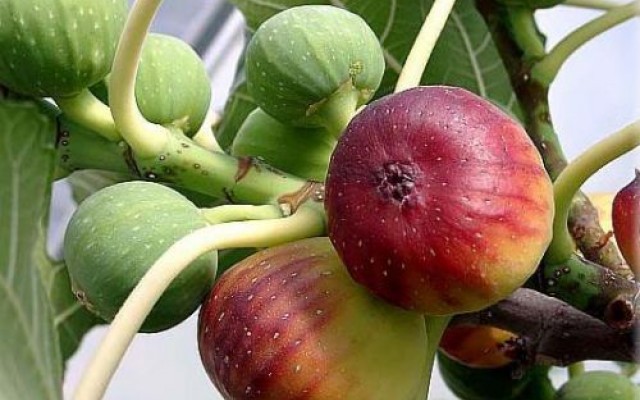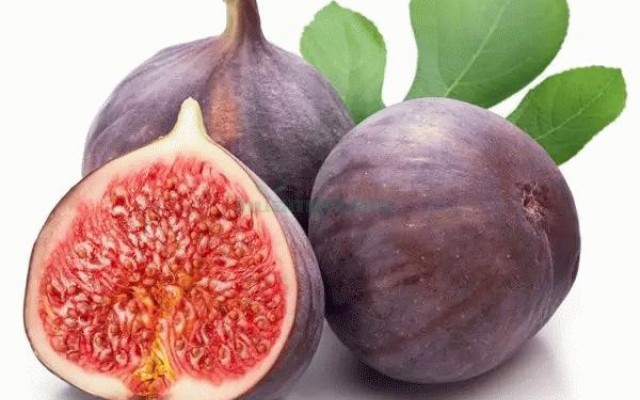Fig. (Ficus carica Linn.) is a flowering plant. Because the fig leaves are thick and large, they are often covered and are not easily found, so they are named figs. The fruit is bulbous and has a small hole in the tail, and the pollen is spread by the wasp. Beginning in mid-July, it will mature in November. The mature figs are soft and rotten, sweet and sweet like persimmon, non-nuclear, nutritious and comprehensive, containing a variety of essential nutrients and minerals, and have a good therapeutic effect. The branches are leafy, the trees are elegant, and they have good ornamental value.
Fig leaves, fruits, roots can be used as medicine. Fig contains high levels of fruit acid, fructose, vitamins, protein and other ingredients. It has a sweet taste, a clearing stomach, a lungs and relieving cough, clearing away heat and swelling and detoxifying. It can stop diarrhea and spleen, and can also be used for sore throat. , cough, constipation, hemorrhoids, loss of appetite, lack of milk and other symptoms, the fruit can be used freshly, but also can be boiled and dried after drying or drying. Fig leaves and roots are light, sputum, and flat. They can be used for enteritis and diarrhea, and can also be used for external treatment. The fig leaves are mostly used in summer and autumn, and the roots can be harvested all year round.
In addition to fresh food and medicinal, figs can also be processed into dried, fruit-making, jam, juice, fruit tea, fruit wine, beverages, canned food, etc. Dried figs without any chemical additives, thick and sweet. Flower-free juices and beverages have a unique fragrance, which is good for thirst, suitable for both young and old.






